
These methods facilitate deep rest, help reset circadian rhythm, and release endogenous opioids and cannabinoids that help reduce anxiety and enhance a sense of well-being for people with PTSD.

These methods facilitate deep rest, help reset circadian rhythm, and release endogenous opioids and cannabinoids that help reduce anxiety and enhance a sense of well-being for people with PTSD.
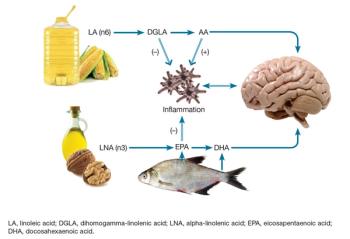
Potential benefits and benign safety profile of omega-3s indicate a promising intervention.
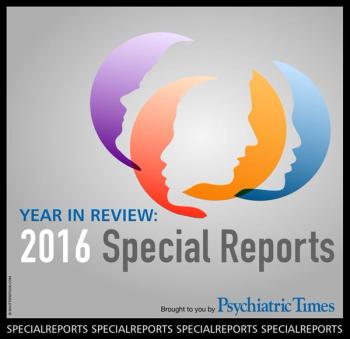
This year, we presented new and distinct reports that covered a range of clinical challenges in the treatment of psychiatric disorders.

The articles in part 1 of this Special Report provide concise reviews of important research findings and clinical applications of mindfulness meditation, breath practices, and uses of CAM therapies for perinatal depression.

This review provides information to assist clinicians who are considering mindfulness meditation for their patients.

Slow voluntarily regulated breathing practices are noninvasive, easy to learn, and generally safe for treating patients with symptoms of anxiety, insomnia, depression, stress- and trauma-related disorders, ADHD, schizophrenia, and substance abuse.

Many women choose to avoid standard treatment for perinatal depression, and instead prefer integrative treatments that incorporate complementary and alternative therapies. This article reviews the evidence base for these treatments.

What an exciting time to be involved in understanding and providing care for people with schizophrenia spectrum disorders!

Psychiatrists who treat patients with psychosis in institutional, community, and crisis settings provide evaluations and medication management, but rarely consider psychotherapeutic interventions. However, such interventions can be critical in recovery.

Culture-the way people make meaning and live their lives in particular social worlds-matters in psychosis. The authors explore how a patient's cultural background should influence the way clinicians think about treatment and care.

The authors discuss the clinical implications of the changes in the DSM-5 section on schizophrenia spectrum and other psychotic disorders.

A review of the distinction between depressive and psychotic symptom domains, current knowledge about the etiology and neurobiology of depression and psychosis, and how this knowledge can inform the treatment of patients with features of both.

A growing body of scientific literature associates psychiatric symptoms with man-made toxic substances and environmental exposure. Practical implications for psychiatrists are discussed in this Special Report collection.
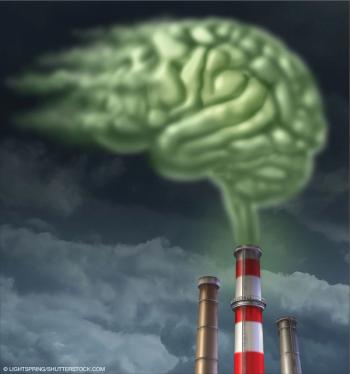
A report on the psychiatric effects of environmental and chemical toxins.

When ADHD is present, a survey of possible lead exposure can be considered, and here's why.

On the association between symptoms of autism spectrum disorder with environmental toxin exposure.

There is good emerging evidence that aspects of diet can indeed affect ADHD. Clinical recommendations here.
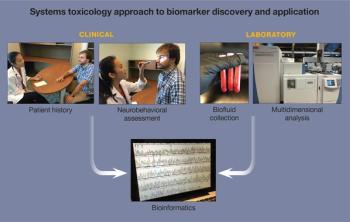
Recent research in neurotoxicology has underscored the importance of chemical exposures as facilitators of neurological dysfunction.

Here: devastating short- and long-term behavioral and physiological effects of methamphetamine neurotoxicity and the implications for treatment.
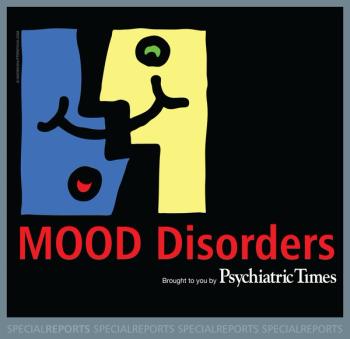
Useful information about mood disorders in 3 key areas-bipolar disorder, comorbid ADHD and depression, and suicide risk.
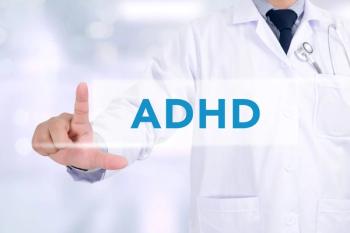
Potential risk factors related to comorbid ADHD and depression, strategies for proper diagnosis, and treatment approaches.

Some of the most common challenges include the diagnosis of a mood disorder, especially a bipolar disorder, and the assessment and management of comorbidities and suicidalities in patients with a mood disorder. Here's an overview.

There is no substitute for understanding one’s patient as an individual, and treating accordingly, keeping in mind the possibility that not all psychosis is schizophrenia and that moodiness may or may not indicate a place in the bipolar spectrum.
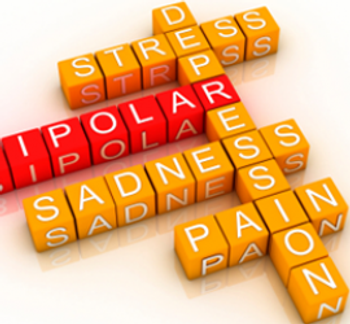
What is the actual risk of suicide attempts or suicide death in people with bipolar disorder? How does a BD diagnosis affect short-term and long-term suicide risk? How should a BD diagnosis help guide us toward the most effective suicide prevention strategies?
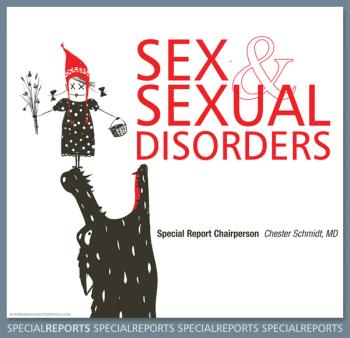
Four clinical reports indicate that in the last 30 years, we have come a long way in the exploration and study of sex and sexual disorders.

Here: basic concepts behind sexual consent capacity and guidance on how to pursue capacity assessments.

The road to recovery for human trafficking victims is intense and requires intervention and care on multiple comprehensive levels.

There has been much progress in both the conceptualization and the treatment of vaginismus in the past 15 years. Details here.

“Once a pedophile always a pedophile” is so 30 years ago. The author updates the realities about sex offenders and why psychiatrists should be more optimistic about their patients’ prognoses.
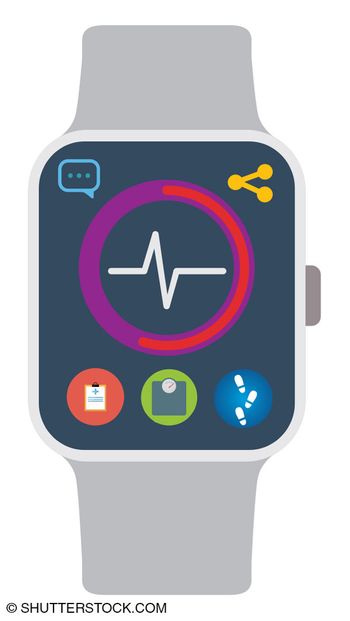
Can a wearable device improve mental health outcomes?